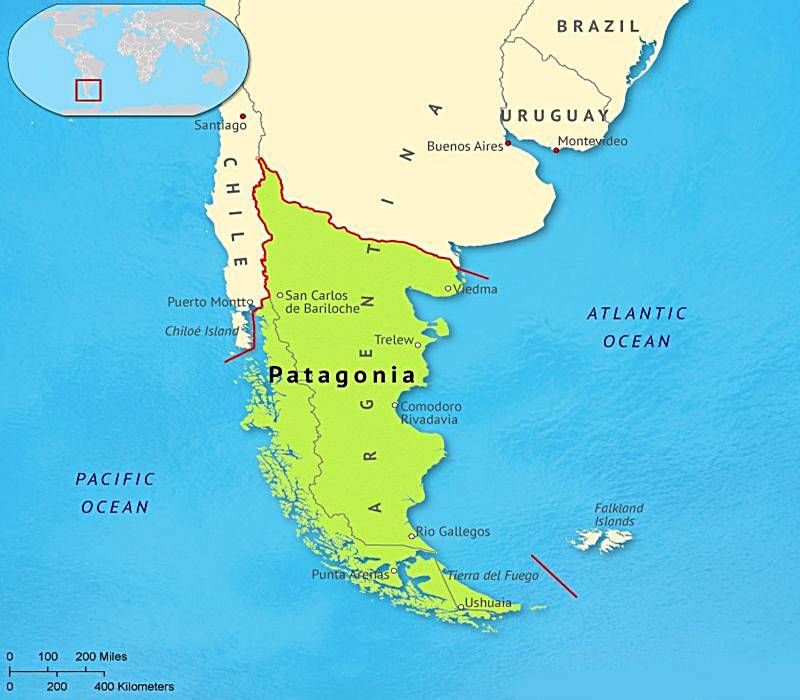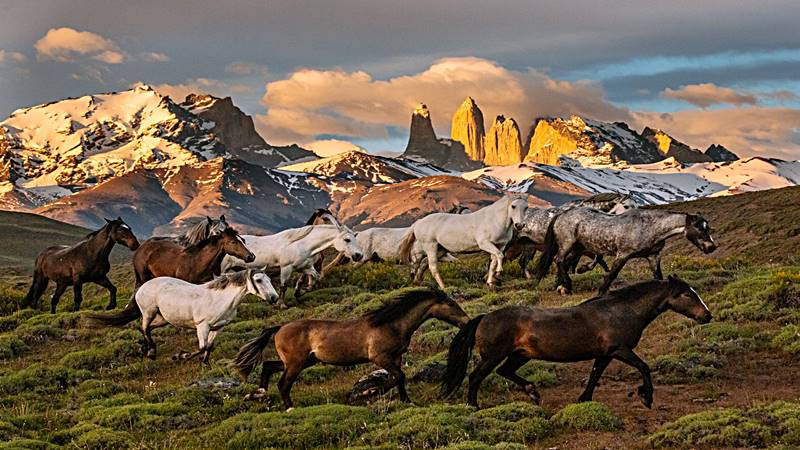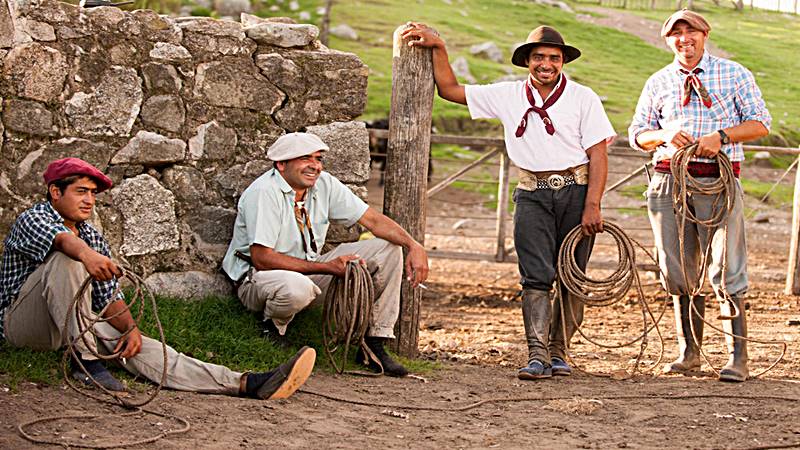Discover Patagonia: Unveiling the Mysteries of South America’s Southern Beauty

Discover Patagonia, truly something special – it’s mysterious, captivating, and a feast for the eyes.
Nestled at the southern tip of South America, it’s one of the most sought-after travel spots globally. For ages, explorers have been fascinated by Patagonia’s unique charm. Adventurers have dedicated years to unlock its secrets, drawn in by its allure. People from all walks of life find Patagonia unforgettable, with its vastness, intrigue, and natural beauty beckoning them to return. Year after year, travelers make the journey to this remote corner of the world, eager to uncover its southernmost mysteries.
Are you getting ready for your own adventure in this incredible place?
Did you know? “Here are 10 amazing facts about Patagonia that you should be aware of.
Patagonia, the vast expanse
Occupying around half of both Chile and Argentina, Patagonia encompasses over 1 million square kilometers. Surprisingly, it’s inhabited by less than 5% of the population of either country. This vast wilderness contributes significantly to its allure. Given limited infrastructure, navigating Patagonia in a short timeframe can be complex. Many travelers opt for return visits to focus on specific regions or choose internal flights for mobility.

The wonders awaiting discovery are truly unparalleled.
Standing tall as the prominent highlight is the Andes Mountains

This extensive mountain range stretches across Patagonia, spanning from north to south, and concludes dramatically by plunging into the icy embrace of the Southern Ocean. Interestingly, the islands near Ushuaia, the southernmost city, are, in fact, submerged peaks of the Andes.
In 1520, Patagonia saw its first European explorer who encountered something unexpected.
Ferdinand Magellan, a Portuguese explorer whose name now graces the Strait, was the pioneer to step onto Patagonian soil. His arrival brought him face-to-face with the Tehuelche natives. Their towering height led Magellan to describe them as giants, with their heads towering well above his crew’s waists. The term “Patagonia” itself is derived from “Pentagon,” signifying “big feet,” a nod to the natives’ impressive stature. Although the Tehuelches were notably taller than their European counterparts at the time, they weren’t literal giants. Archaeological evidence reveals their nomadic lifestyle and exceptional hunting-gathering skills.

Interestingly, while the Tehuelches might not have been true giants, Patagonia was home to something colossal: the fossilized remains of the largest dinosaur ever known to have existed on Earth. This fascinating history alludes to Patagonia as a realm of giants in its own right.
For over 10,000 years, humans have called this place home.

As you navigate the dynamic Patagonian climate during your visit, it’s hard to believe that archaeological discoveries trace human presence here back over 12,000 years. Among the renowned findings is the Cave of Hands (Cuevas de las Manos), dating as far back as 8000 BC.
Penguins nearly rival people in Patagonia
Around 1.7 million Magellanic penguins inhabit this region, just slightly fewer than the human population of nearly 2 million. This low population density has played a role in safeguarding the area’s breathtaking natural allure
Patagonian Welsh is indeed a phenomenon
In an era of substantial immigration to the New World, Patagonia received a relatively small group of Welsh immigrants seeking remote lands to uphold their culture and language. Around the mid-1800s, approximately 150 individuals arrived here, facing challenges yet cultivating a distinct cultural identity. Presently, over 5,000 residents speak a highly unique Welsh dialect indigenous to the region.
Patagonia is a haven for animal enthusiasts.

With a grand total of nine national parks, Patagonia presents an array of distinct ecosystems and an astounding variety of wildlife, much of which is native to this land. The region also offers some of the planet’s finest whale-watching locales, showcasing an abundance of marine species. Among these are orcas, southern right whales, elephant seals, and, of course, an abundance of penguins!
Patagonia is a realm where untamed horses roam freely

Nestled amidst the Darwin Mountains near Cape Horn, you’ll find one of the globe’s last and largest herds of wild horses. Descendants of European-introduced horses, they’ve been untouched by human contact for more than a century. Their population is estimated around 5,000. While locals were once permitted to hunt them, a non-profit organization was established in 2014 to safeguard these remarkable beings. Patagonia’s wild horses have fascinated scientists, showcasing their capacity to conquer severe weather challenges while flourishing against all odds.
This is the birthplace of the iconic Argentinian gaucho

Hailing from the expansive pampas region of Patagonia, the Argentinian gaucho is renowned as one of history’s most legendary horsemen. Today, being a ‘cowboy’ remains a highly respected vocation in these parts.
Patagonia serves as the starting point for Antarctic expeditions

Nestled tantalizingly close to Earth’s southern icy expanse, Patagonia, especially its southern hub Ushuaia, is a prime launchpad for voyages to Antarctica. Ushuaia claims the title of the ‘southernmost city in the world,’ offering an excellent gateway for exploring the remote reaches of Tierra del Fuego.
If this region captures your interest, don’t miss these incredible hostels featured below.
Hungry for more? Dive into fascinating facts about South America! Click here to uncover more.



